Friday, October 8, 2021
Making Seed Tapes
I used to think making seed tapes was a waste of time and I didn’t understand why gardeners would spend time making them.
Friday, October 1, 2021
Don't Cut Corners in your Vegetable Garden!
Don't Cut Corners in your Veggie Garden!You Can Be Frugal and Successful!
There are a lot of ways to cut corners in the garden to save money. Buying garden supplies such as containers, watering cans, etc from a second-hand store is one way. Building your own raised garden beds or trellises is another.
Sunday, September 26, 2021
Feeding Bread to Wild Birds
Feeding Bread to Wild Birds
Generally, bread is not safe to feed birds on a regular basis, and the general category of “bread” for this article includes any bread-like product including buns, bagels, crackers, chips, etc.
Thursday, September 16, 2021
Growing Basil - Homesteading 101
Popular types of Basil
Christmas Basil Height: 16-20"
This basil will add a fruity flavor to salads and drinks. It has glossy green leaves and purple flowers.Cinnamon Basil Height 25-30"
This basil has a delightful fragrance and spicy flavor. It has dark purple stems and flowers and small glossy leaves. It's used in fresh arrangements and in fruit salads and as garnishes.
Dark Opal Basil Height 14-20"
Spicy basil in salads, in pesto and as garnishes. Purple stems, flowers, and leaves.Holy Basil Height 12-14"
The leaves are used to make tea for boosting your immune system. Mottled green and purple leaves.Lemon Basil Height 20-24"
Lemon basil is used in fish dishes and iced tea. Light green leaves with white flowers.Lime Basil Height 12-16"
Lime basil is a compact basil with green leaves and white flowers. It's used with fresh fish and chicken dishes, teas and margaritas.Purple Ruffle Basil Height 16-20"
This basil has the same flavor as Opal basil and is used for floral arrangements and garnishes.Sweet Basil Height 14-30"
Sweet Basil is used in Italian sauces and soups and for making pesto. It's more prolific in hot sunny locations.Sweet Tai Basil Height 12-16"
An Asian variety with a distinct spicy anise-clove flavor. Purple stems and blooms with green leaves.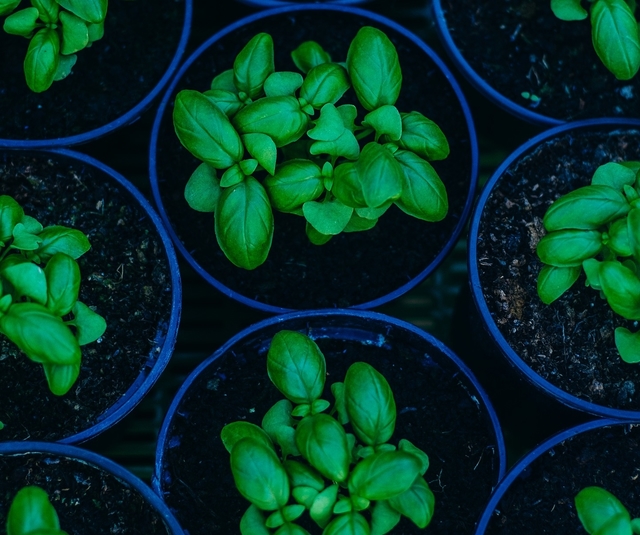
Starting Basil from Seed
Seed Longevity: 5 years.
Seed Sowing Depth: Just cover.
Days to harvest: 60-90 days.
Best Soil Temp for Germination: 75-85 degrees.
Days to Germination: 5-10 days.

Spring Sowing
Sow indoors 4-6 weeks before your last frost date. Plant out after all danger of frost has passed.
Direct Sowing
Direct sow seeds straight into the garden after the danger of frost has passed.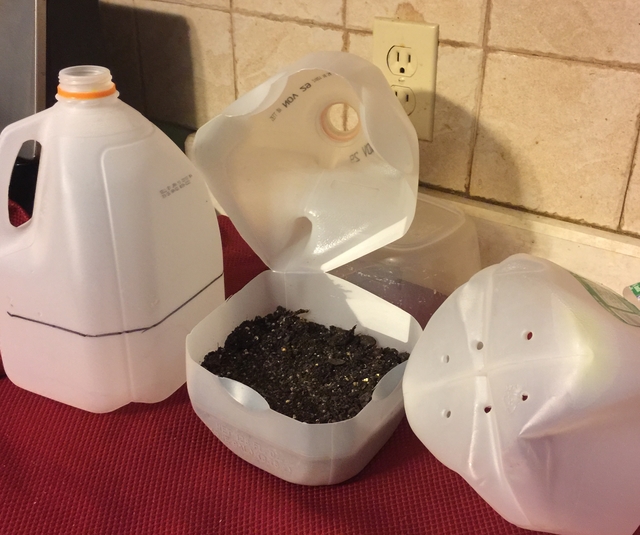
Winter Sowing
If you haven't tried winter sowing, you're in for a treat. This method is especially good for sowing herbs. Winter sowing is basically sowing seeds in the bottom of milk jugs in the winter, setting the milk jugs outside for the winter and leaving them there until the seeds germinate in the Spring.For our article containing detailed information about Winter Sowing, click here.

Growing Basil
Plant size: See list above.
Growing Soil Temperature: 75-85 degrees.
Spacing: 4-8" apart.
Container Size: 16"-18" diameter.
Soil: Well-drained, moderately rich and loose.
Watering: Light and even.
Light/Sun: Full sun 6-8 hours.
Good Companions: Pepper, tomatoes.
Bad Companions: Beans, cabbage, cucumbers.
Fertilizer:
If grown in rich soil, none. Otherwise, light fertilizer one time during the growing season.
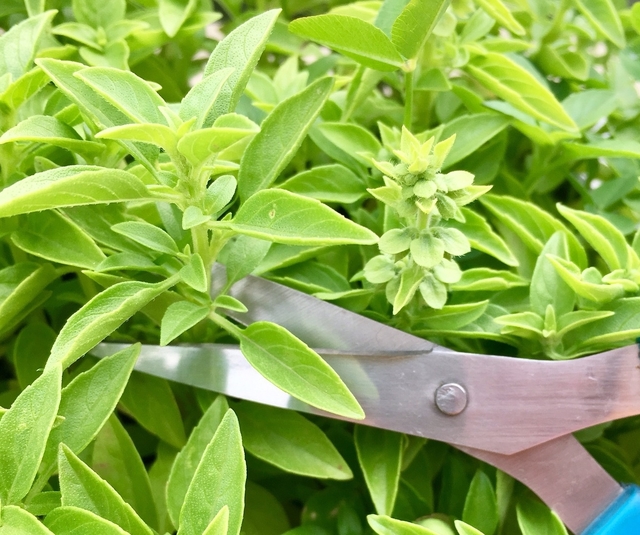
Basil Cuttings
Take a 4" long cutting from a stem that hasn't flowered yet. Remove the leaves from the bottom 2" and place in water on a windowsill. After the roots are 2" long, usually 2-4 weeks, pot in soil and continue to grow.Harvesting Basil
Use fresh basil leaves any time. Basil is at its peak flavor then the buds are about to blossom.Harvest the whole plant before frost, preferably in the morning.
Try Audible and Get Two Free Audiobooks
Harvesting Basil Seeds
Wait until the stem or seed pods turn brown. When the seeds are viable, they will be black in color.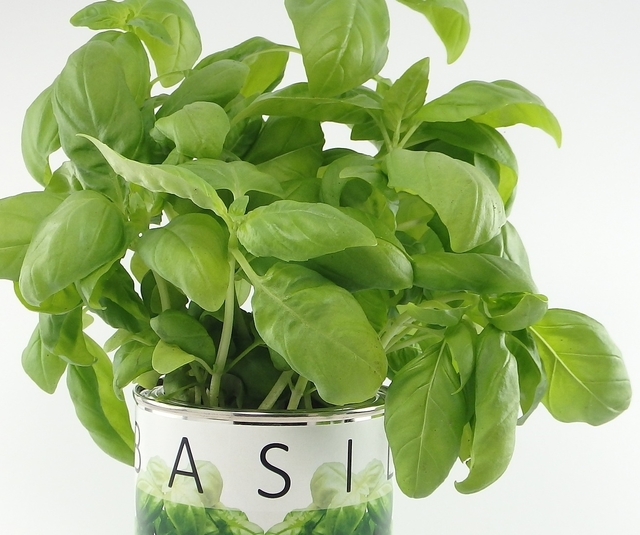
Storing Basil
Fresh
Bouquet Storage
Clean and thoroughly dry the Basil. Trim the end of the stems and remove any wilted or browned leaves. Place the Basil into a Mason jar or clear glass with 1" of water like a bouquet of flowers. Leave at room temperature.Freezing
For best results, use frozen Basil within one year.By freezing herbs, you will lose some of the herb's texture but preserve the flavor.
Here are some suggestions for freezing:
Whole Leaf Freeze
Remove the stems. Blanch the leaves for 2 seconds, then dunk in ice water bath. Dry completely and store in freezer bags.Ice Cube Trays
Remove the stems, clean and thoroughly dry the Basil. Puree one cup of basil with one tablespoon of olive oil. Freeze the pureed basil in ice cube trays firmly packed 3/4 full. Transfer frozen cubes into a labeled freezer bag to store.
Flat Freezer Bag
Remove stems, clean and thoroughly dry the Basil. Chop herb into 1/2" pieces, place in a labeled freezer bag. Squeeze out the air, lay flat and freeze.

Drying
Basil does not dry well.Using Basil
Basil's rich, spicy flavor, likened to pepper with a hint of mint and cloves, works wonders in pesto, tomato sauces, salads, cheese dishes, eggs, stews, vinegars and all sorts of vegetables. You'll find basil used often in Italian and Thai foods.
Growing your own herbs is fun, easy, more healthy than the herbs shipped to grocery stores, and what's best, saves you tons of money! Try it today.
To view the other herb articles in our culinary herb series, click on the herb name below.
Where to go next!
Great Garden Articles -- Full List!
Follow us on Pinterest!
Back to Our Blog Homepage!
This post may contain some Amazon Associate links meaning that I will get a small compensation at no expense to you if you purchase something from this blog.
Thursday, September 9, 2021
Growing Oregano - Homesteading 101
A hardy perennial in Zones 5 – 10 gardens, Oregano is a pungently aromatic plant that is one of the most important herbs in Italian, Greek and Mexican cooking. It has a bold flavor and a hardy constitution. It is also called Wild Marjoram.
The flavor of Oregano can vary greatly from variety to variety. Greek Oregano is the spiciest.
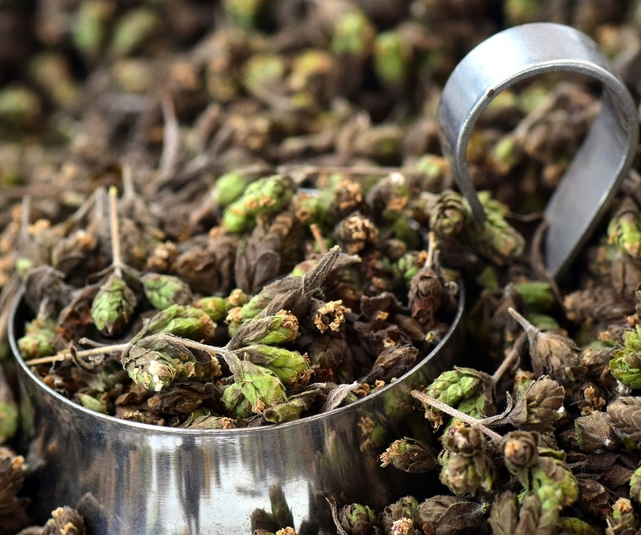
Starting Oregano From Seed
Seed Longevity: One Year.
Seed Sowing Depth: Just cover. Needs light to germinate.
Best Soil Temp for Germination: 60 degrees.
Days to Germination: 7 - 14.
Spring Sowing: Sow indoors 8-10 weeks before last frost. Direct sow 2 weeks before last frost.

Winter Sowing
If you haven't tried winter sowing, you're in for a treat. This method is especially good for sowing herbs. Winter sowing is basically sowing seeds in the bottom of milk jugs in the winter, setting the milk jugs outside for the winter and leaving them there until the seeds germinate in the Spring.For our article containing detailed information about Winter Sowing, click here.

Growing Oregano
Plant Size: Height 8-12” Spread 24”.
Spacing: 18”.
Container Size: 12" diameter and 8+” deep.
Soil: Well-drained.
Watering: Thoroughly, less often.
Light/Sun: Thrives in warm, sunny spots.
Fertilizer: None for the best-flavored foliage.
Good Companions: Everything.
Bad Companions: Nothing.
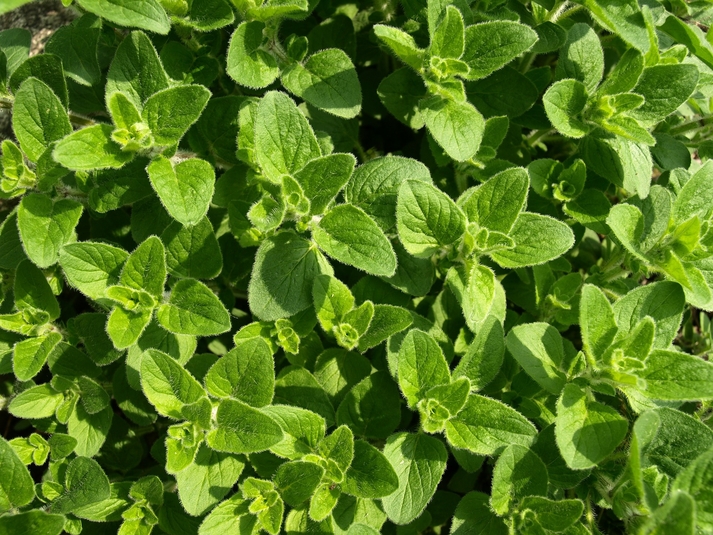
Other Care Tips
- Flowers should be pinched off to keep the plants bushier and prevent them from early bolting.
- Allow plants to grow to 4” tall then trim lightly to encourage branching.
- Regular trimming will avoid plant legginess.
Dividing Oregano
Divide Oregano plants when the stems begin to die out or the stems become woody, or to simply make more plants.
Soft Cuttings
Take cuttings in spring when new growth is several inches in length. Side shoots of 4" in length are perfect. Cut the stem at an angle and remove lower leaves leaving an inch or two of the stem bare. Plant cutting bare side down into a well-drained soil mix. No fertilizer is needed at this stage.
Wrap the container in plastic to keep in humidity. Avoid having the leaves touch the plastic. Place the pot in light but out of direct light. Keep soil moist but never soggy. Remove the plastic when cutting grows roots. A light tug that gives you some resistance means it has rooted.
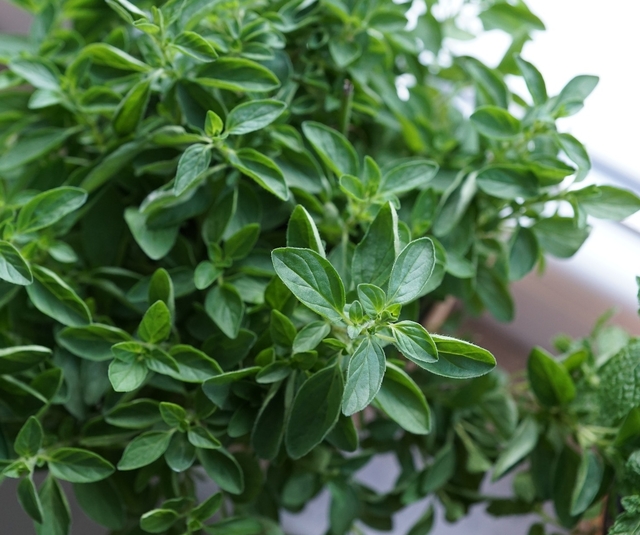
Overwinter Plant Care
Oregano plants should be cut back to ground level and covered with a layer of mulch. Containers can be brought inside for the winter.
Harvesting Oregano
As soon as the leaves are large enough to use and before the plant flowers.
Snip the leaves individually or shear plants to 2” above ground level just before flowering and again a month before the first frost. You'll get two harvests that way.
Harvesting Oregano Seed
Oregano seeds are tiny and develop after the flowers fade in late summer or fall. Collect and thoroughly dry seeds before storing them in an airtight container.
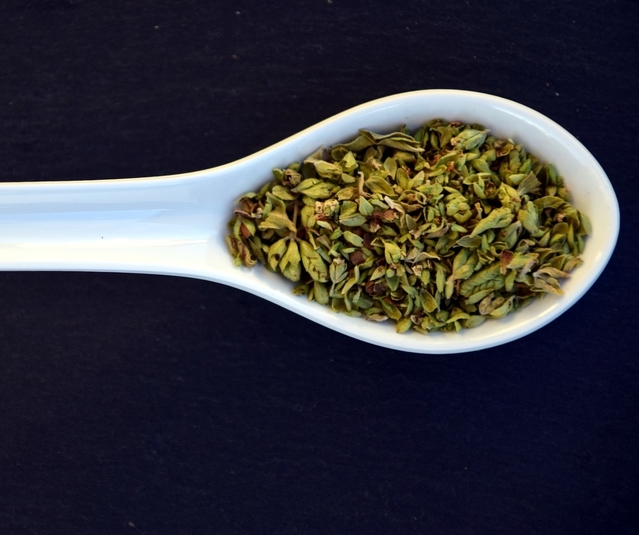
Storing Oregano
Fresh
Damp Paper Towel
This method works well for hardy herbs that have woody stems as well as a few soft-stemmed herbs.
Clean and thoroughly dry the Oregano. Arrange lengthwise in a single layer on a slightly damp paper towel. Loosely roll up the herb and transfer to a plastic bag or plastic wrap. Label and store in the fridge.
Oregano will stay fresh in the fridge using this method for up to 2 weeks.
Freezing
For best results, use frozen Oregano within 1-2 years.
By freezing herbs, you will lose some of the herb's texture but preserve the flavor.
Here are some freezing methods:
Tray Freeze
Spread herb onto a cookie sheet on a single layer. Freeze in the freezer, then transfer the Oregano into a labeled freezer bag to store. Since the leaves are frozen separately, later you can easily remove the amount you need.
Ice Cube Trays with Oil
This method works well for hard-stemmed herbs that would probably be cooked when adding to a dish. The oil reduces some of the browning and freezer burn.
Clean and thoroughly dry the Oregano. Mince and firmly pack herbs into an ice cube tray 3/4 full. Add Olive Oil to fill and freeze. Transfer frozen cubes into labeled freezer bags to store.



Flat Freezer Bag
Trim off the stems and place in a labeled freezer bag. Squeeze out the air, flatten the freezer bag, label and store.



Drying Oregano
Oregano is one of the best herbs to use in a dried form. For best results, use dried Oregano within 1-2 years.
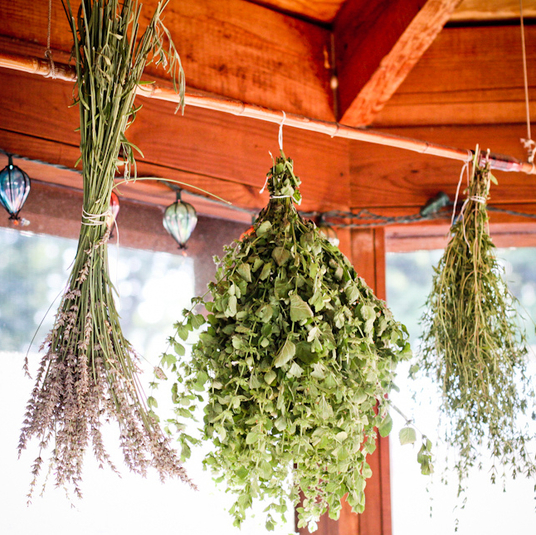
Hang to Dry
Pick your Oregano in bunches right before you intend to store them. Tie the bottom of the bunch together with twine and hang upside down to dry in a dry, low humidity area. For added protection against dust, you can put the bundles inside paper bags with plenty of holes for ventilation. When the herbs are dry, the leaves will crumble easily between your fingers. Store in an air tight container.
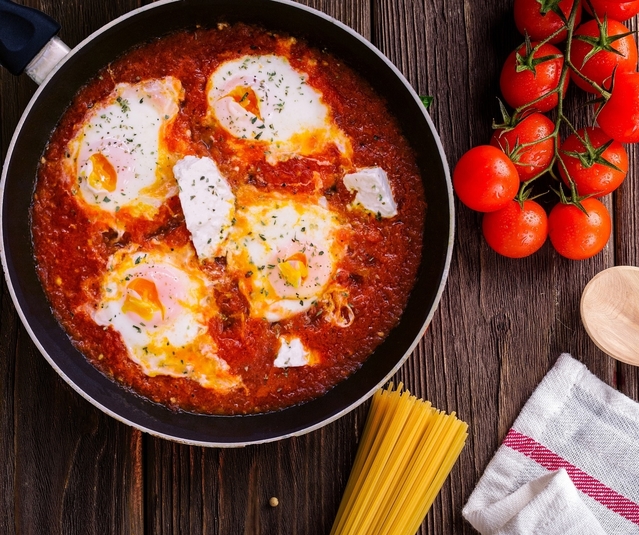
Using Oregano
- Oregano adds zest to pasta and pizza sauces.
- It complements meats and vegetables.
- Garlic, onion, thyme, basil, parsley and olive oil are complementary partners.
- Makes a great ground cover.
Growing your own herbs is fun, easy, more healthy than the herbs shipped to grocery stores, and what's best, saves you tons of money! Try it today.
Where to go next!
Great Garden Articles -- Full List!
Follow us on Pinterest!
Back to Our Blog Homepage!
This post may contain some Amazon Associate links meaning that I will get a small compensation at no expense to you if you purchase something from this blog.
Sunday, August 8, 2021
Winter Sow Your Vegetable Seeds!
Winter Sow your Vegetable Seeds!
First off, if you are unfamiliar with the basics of winter sowing, you may want to start with the Winter Sowing 101 article, then come back for the vegetable sowing specifics.
Wednesday, August 4, 2021
Growing Endive - Homesteading 101
aka Frisee
Annual Plant related to Chickory
Height: 6-12" Width: 6-12"
Endive and Escarole are different forms of the same plant. Endive has curly or crinkly-edged leaves and a sharp, somewhat bitter taste. Escarole is a type of Endive which is hardier with flat, somewhat thicker leaves and a less bitter flavor.
Types:
- Curled Endive with pointy leaves.
- Smoother-leafed Escarole
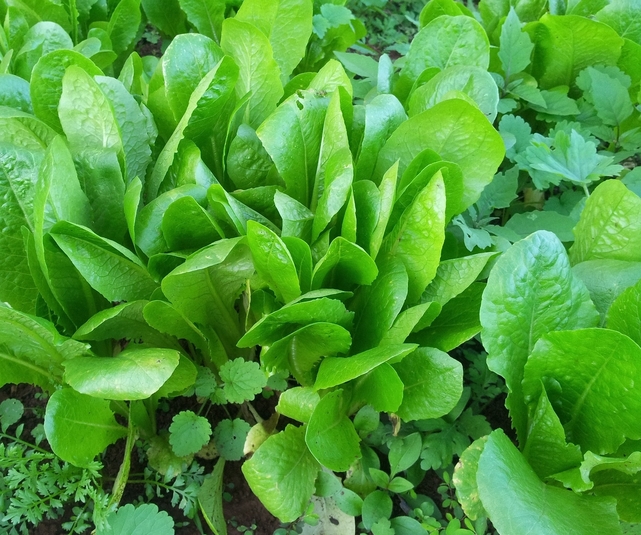
Starting Seeds of Endive/Escarole
Seed Depth: 1/4" deep.Seed Spacing: 3 seeds per inch.
Days to Germinate: 5-7 days.
Days to Harvest: 45 days as baby greens. 60-100 days as mature heads.
Seed Longevity: 4-6 years.
Sowing Indoors:
Spring: Sow 8 weeks before your average last frost date.
Sowing Outdoors:
Spring: Direct sow as soon as the ground can be worked.
Fall: Direct sow 15 weeks before the first expected frost date.
Salad Spinner


Winter Sowing:
If you haven't tried winter sowing, you're in for a treat. This method is especially good for sowing herbs and greens. Winter sowing is basically sowing seeds in the bottom of a milk jug during the winter, setting the milk jugs outside for the winter and leaving them there until the seeds germinate in Spring.For our detailed article about winter sowing, click here.
Salad Tongs

Growing Endive/Escarole Plants
Growing Temperature: Can take temperatures as low as 20 degrees.Plant Spacing: 8-12".
Container Size: 12" deep.
Sun/Shade: Full sun to part shade.
Soil: In poorer soils, add fish emulsion or seaweed.
Watering: Consistent moisture for best flavor.
Light moisture when grown in a cold frame.
Try Audible and Get Two Free Audiobooks
Fertilizing:
Since greens are such a fast-growing crop, as long as they are grown in rich soil there may be little need for further fertilization. That said, a liquid balanced fertilizer when the seedlings are 4" tall will give your greens a boost and carry them through their short season. After the temperatures warm, though, the leaves of Endive will turn bitter and no amount of fertilizer will help at that point.
Salad Lunch Container

Growing Tips
Looseleaf varieties can survive winter if given some sort of protection like an unheated greenhouse. If you leave undamaged roots and 1 inch of stem, new growth may appear in warmer weather.Fall plants that are subjected to a few light touches of frost have a richer, less bitter flavor than spring-grown plants.

Harvesting Endive/Escarole
Harvest as soon as the outer leaves are of usable size. Gather leaves as needed or cut the whole plant at the soil level. Harvest all before the first frost.Using Endive/Escarole
- Leaves are best used fresh.
- Endive begins to turn pale green and taste bitter when exposed to light.
Storing Endive/Escarole For Later Use
Although tender green leaves, like Lettuce, can't be preserved well, the thicker leaved greens can be.Fresh
- Clean and pat dry. Bundle stems lightly, place on a paper towel (to absorb moisture) and wrap in a plastic bag. Keeps in refrigerator for 10 days.
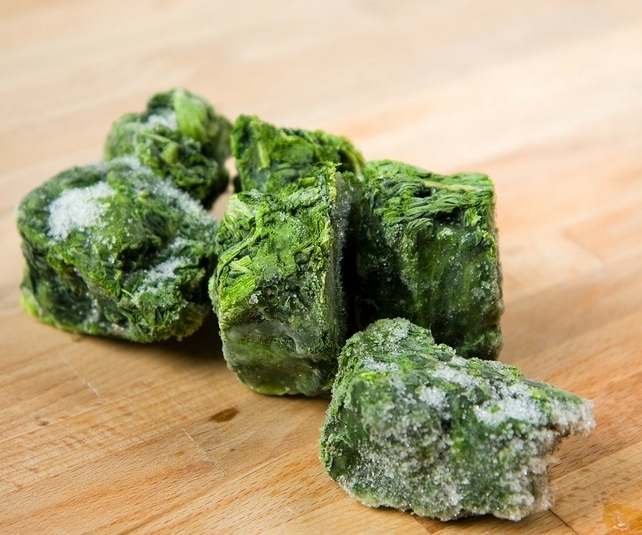
Freezing for Later Use in Chilis, Soups, Sauces, and Casseroles.
- Steam or saute' leaves, chop them and store in freezer bags.
- Puree with water and freeze into ice cube trays.
- Clean and dry the leaves and store in quart size freezer bags.
- Frozen leaves will keep for 6 months.
- Blanching the leaves first will extend freezer storage to 14 months.
To read the other articles in our Growing Your Greens series, click on the name below:
Swiss Chard
Great Garden Articles -- Full List!
Where to go next!
Great Garden Articles -- Full List!
Follow us on Pinterest!
Hit the "Follow Button" Our Blog Homepage!
This post may contain some Amazon Associate links meaning that I will get a small compensation at no expense to you if you purchase something from this blog.
Subscribe to:
Posts (Atom)
Popular Posts
-
Use of Epsom Salt on Hostas! Hostas continue to be one of the most popular perennials in shady and party shady gardens. It's n...
-
Fertilizing Your Hosta Plants It's no surprise that hostas continue to be one of the most popular perennial plants in a variety ...
-
What are Sun Tolerant Hostas? One of the most common questions I hear about hostas is, can hostas handle sun?
-
When and How to Divide your Hosta Whether you want to divide your hostas for the healthy of the plants or to increase the hosta love...
-
Winter Sown Seeds Have Germinated! Now what? So you’ve tried the winter sowing method and found out that it’s easy and it works....
-
Best Care for Your Potted Hostas To keep your hostas healthy and beautiful as they grow in pots, there are a few Hosta plants are beau...
-
Seasonal Calendar of Care for Hostas One of the reasons that hostas continue to be so popular is the fact that they're a very low m...
















